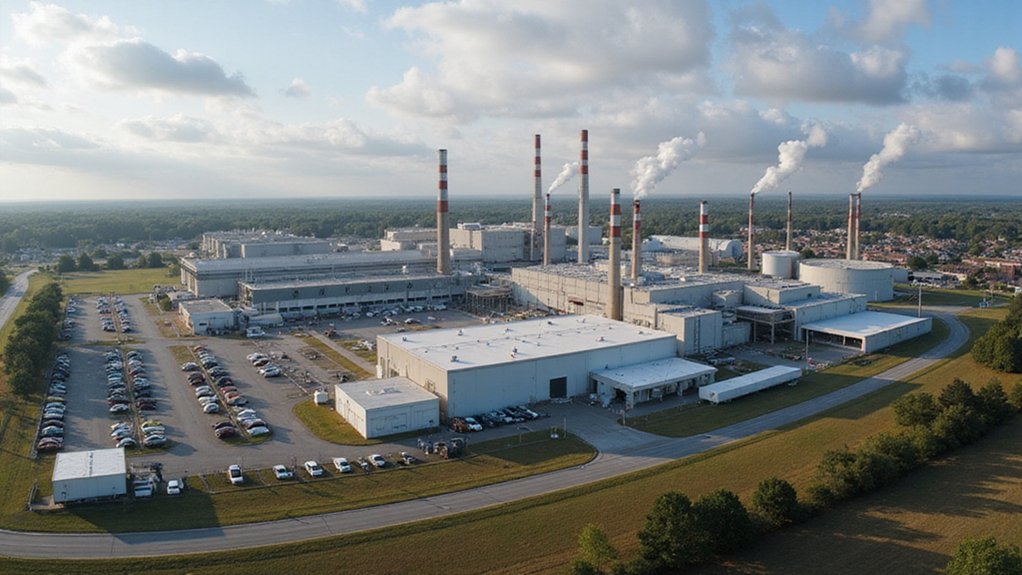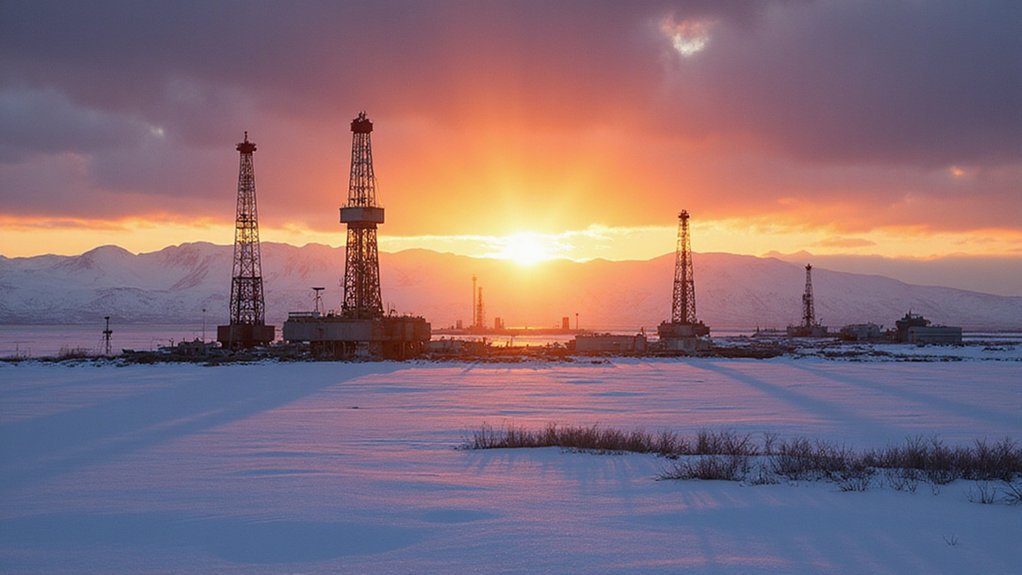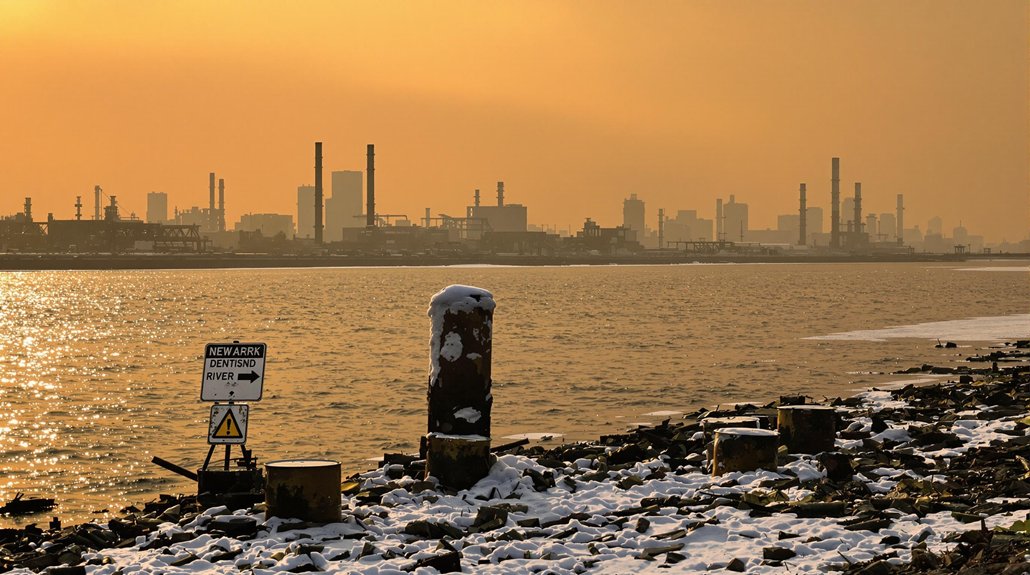The $150 million Silfab Solar plant in Fort Mill, SC remains idle at 7149 Logistics Lane. Local residents have raised concerns about potential toxic materials used in solar cell manufacturing. The facility, which received significant economic incentives and could create 800 jobs, is currently awaiting regulatory approvals. While Silfab claims all assembly processes will be conducted indoors with no emissions, community advocacy groups continue demanding greater transparency about environmental impacts.

Why are hundreds of local residents raising concerns about the new Silfab Solar plant in Fort Mill, South Carolina? The $150 million facility, located at 7149 Logistics Lane in a 785,000-square-foot warehouse, has sparked environmental and health worries in the community. Residents are specifically concerned about possible toxic materials used in solar cell manufacturing and their potential impact on the local environment.
Community alarm grows over potential toxic exposures from $150M Fort Mill solar facility
The plant, which was planned as Silfab’s first U.S. solar cell manufacturing facility, currently sits largely idle with machinery wrapped in foil. Operations haven’t started as the company awaits regulatory approvals amid growing public debate. The facility was expected to create 800 new high-paying jobs in York County, supplementing Silfab’s existing operations in Washington state and Toronto.
Local advocacy groups have requested more transparency, environmental impact assessments, and information about waste disposal and safety standards. The community’s response has included organizing public meetings focused on either halting or strictly regulating the plant’s operations.
Despite the pushback, the project has received significant economic development incentives. These include job development credits and a $2 million set-aside grant to York County for building improvements. The deal was recognized as the market’s “lease of the year” due to its size and regional economic significance.
Silfab Solar has confirmed that their assembly processes are conducted entirely indoors and do not create noise or emissions that would impact the surrounding community. The company selected Fort Mill for its strategic location near Interstate 77, about 15 miles from Charlotte Douglas International Airport. The company has since raised an additional $100 million to scale operations, showing its intent to proceed if permitted.
The project aligns with a broader industry push to reduce reliance on Asian imports for solar technology. Incentives from the Inflation Reduction Act were among key motivators for this domestic expansion. Silfab’s initiative is part of a larger effort to onshore solar manufacturing to U.S. factories, driven by increasing clean energy demands.
As of April 2025, construction and production start dates remain delayed while community concerns and regulatory requirements are addressed. Some local clean energy advocates argue that expanding solar manufacturing could provide minimal land use compared to other energy production methods while helping reduce carbon emissions. The final go-ahead depends on local approvals and successfully resolving the environmental concerns raised by residents.








